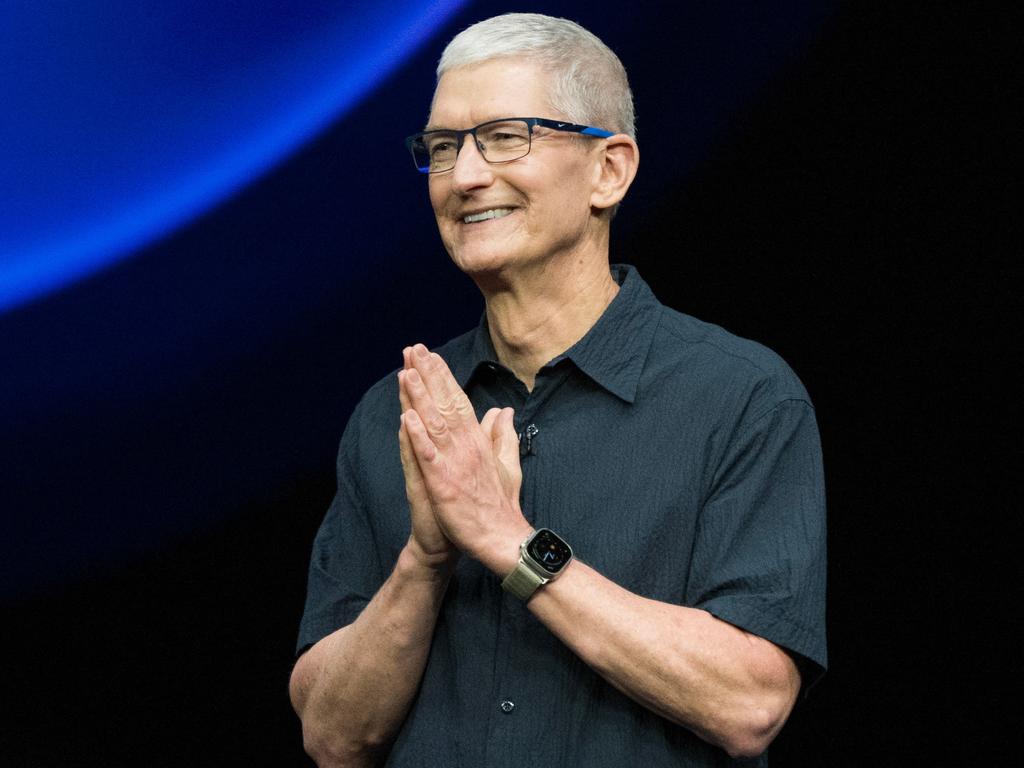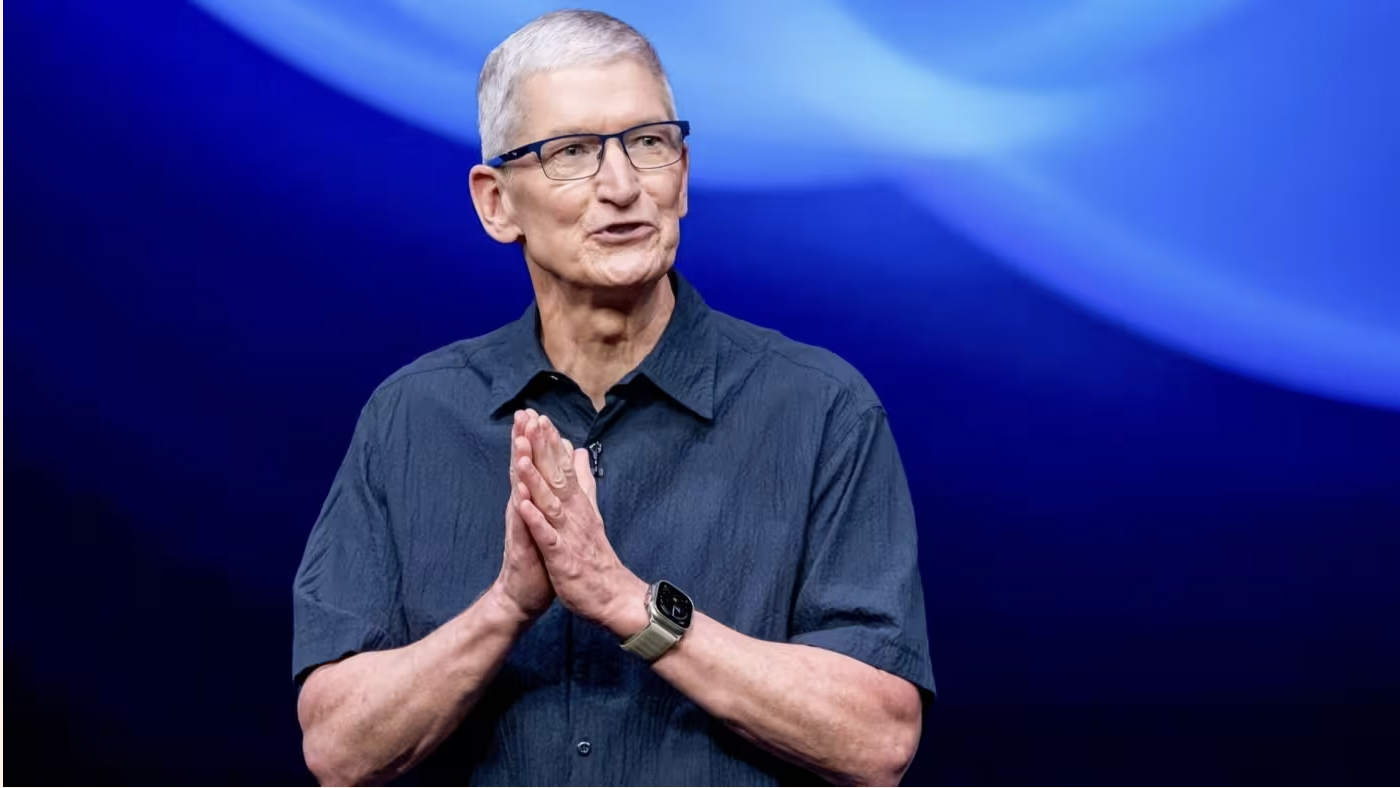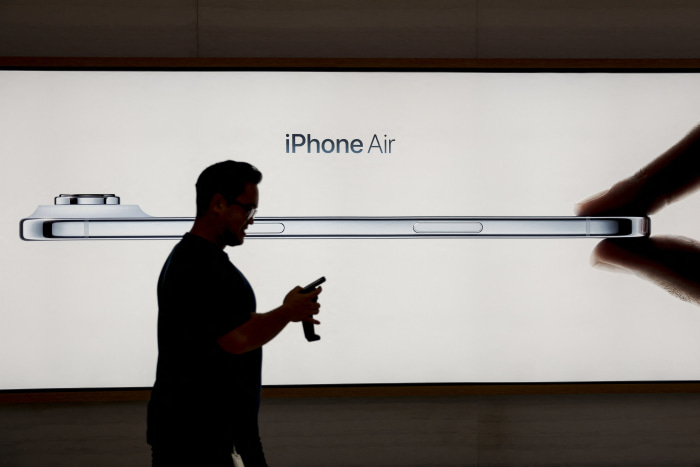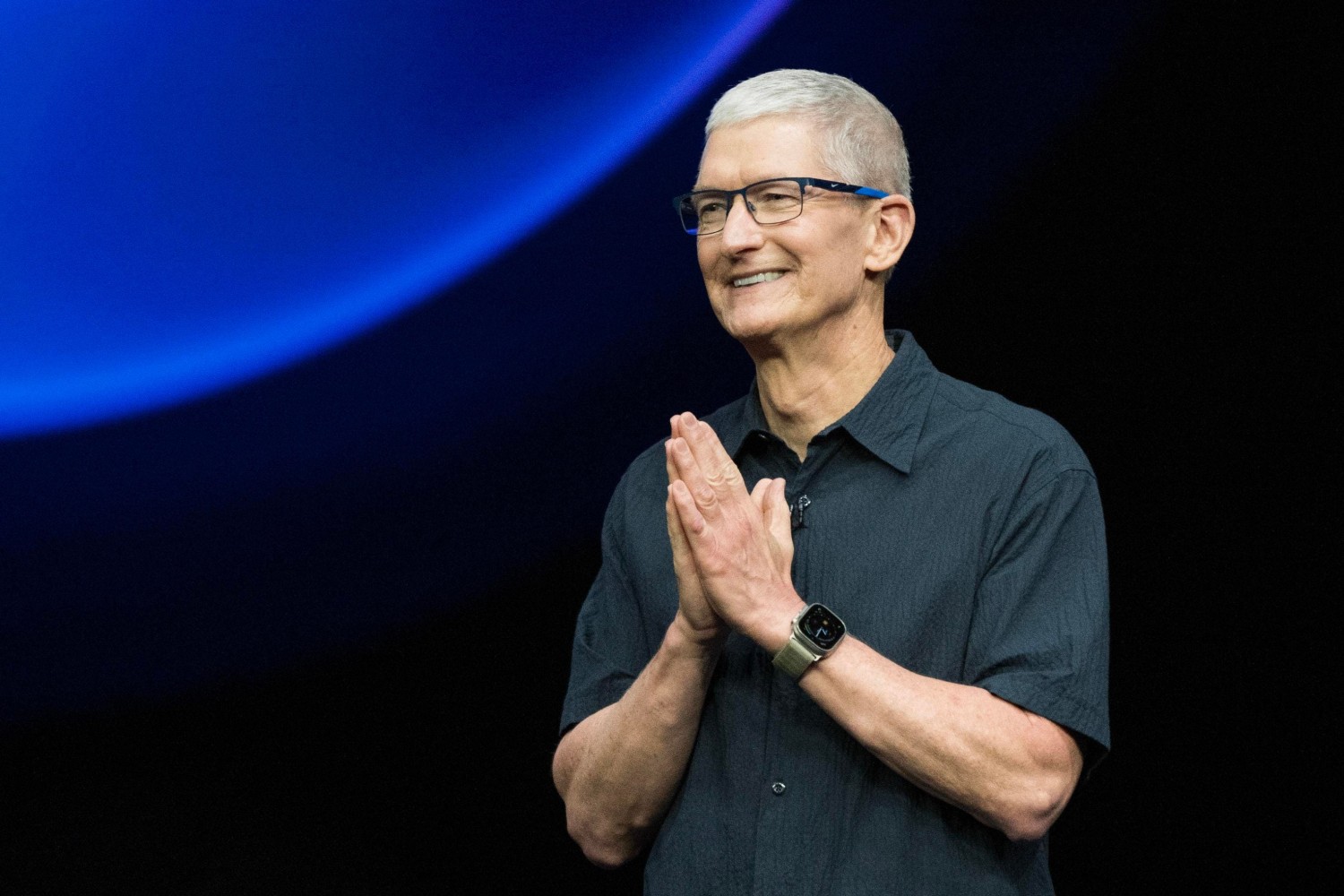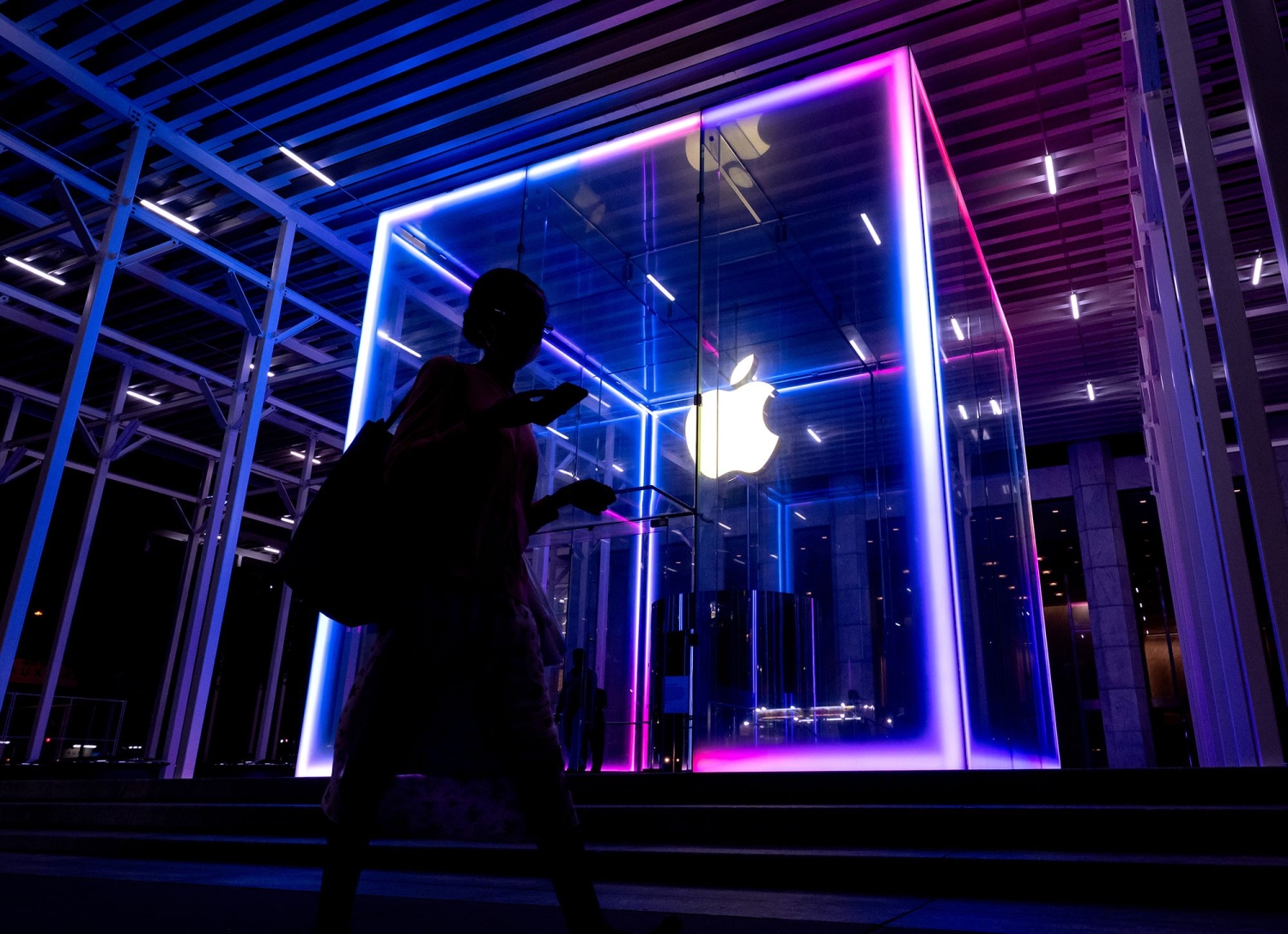
This article is more than
9 year oldApple is getting serious about one of the biggest jokes in tech
Smart toothbrushes. Smart mattresses. Smart dog bowls. Smart belts. If you can put a Bluetooth chip and motion sensor in it, someone is going to try to sell it as a revolutionary take on a traditional product. There's even an entire parody Twitter account dedicated to chronicling the madness of the IoT trend.
Do we need a smart everything? Absolutely not. But when it comes to more practical objects like lights and thermostats, you can't walk through the aisles of Home Depot without bumping into one.
We're in the very early days of IoT, and it's still unclear if controlling your home with your phone will become just as common as wiring it for electricity.
Regardless of what you think of the space, a rapidly growing market is being built around smart home products, and now Apple is getting ready to make a big push into the smart home this fall with the launch of its Home app in iOS 10.
Home lets you control smart home objects from your iPhone or iPad, and it marks a different approach Apple has taken in exploring the IoT world compared with the rest of the industry: Home isn't designed to be a major business for the company — it's just another way to keep you locked into the iPhone ecosystem.
Apple started slowly at first. It announced HomeKit, the platform device-makers use so their devices talk to each other over a Wi-Fi network, in June 2014 with little color as to how it would work on the consumer end. But since then, manufacturers have built dozens of devices that are compatible with the platform.
That was step one.
Step two is giving users a way to control this budding ecosystem of devices with one app.
While you've been able to control a lot of smart home appliances with your phone through individual apps, the benefit of Home is that it creates one hub that controls everything. You don't need separate apps for your lights, thermostat, and webcam. The Home app does it all as long as the appliance was built for HomeKit. (About 100 products work with HomeKit now, and many more are on the way next year.)
Home also ties the gadgets together by letting you create "scenes" for different use cases, like having all your lights turn on when you arrive home or lowering the shades in your TV room when you tell Siri you're ready to watch a movie.
The expectation isn't that people are going to run out and spend thousands of dollars to turn their dumb home into a smart one, but as more of these products become available — and an option for when you build a new home — Apple has a solution to tie it all together.
That's why we're getting Home now. Apple saw the budding trend of smart appliances, but realized there was no unified way to control them all and make them work together. So Apple built one.
It took a few years, but the effort will finally be realized this fall with the release of iOS 10's Home app. Soon, millions of iPhone and iPad users will have a central hub for controlling smart home gadgets.
That doesn't mean you have to turn your home into a smart home, but if you do, you'll have a handy solution built right into your iPhone. The IoT trend might seem like a joke to a lot of people now, but Apple appears to be getting ahead of it in case it takes off.
NOW WATCH: Apple retail boss Angela Ahrendts told us how Apple Stores are changing
More From Business Insider